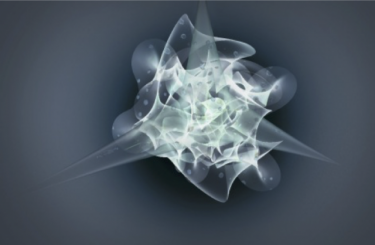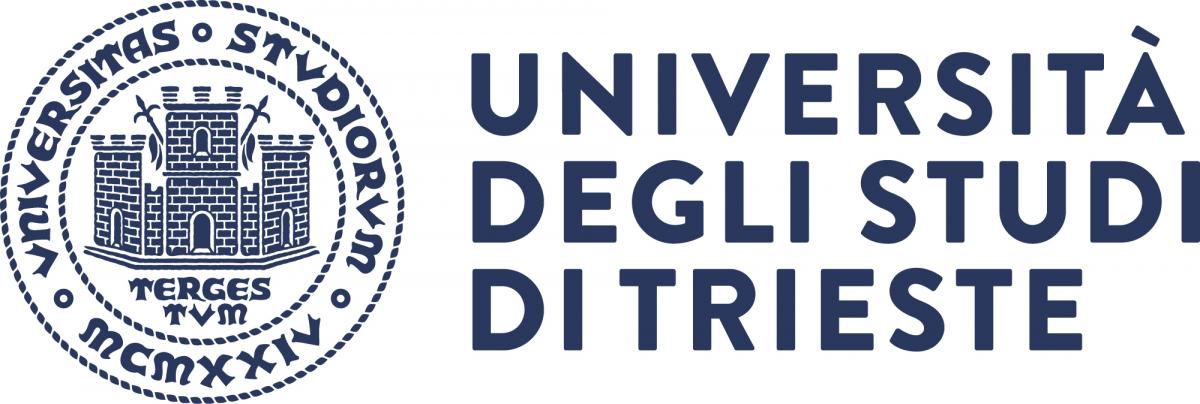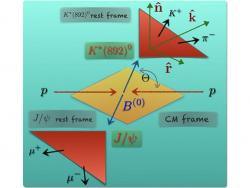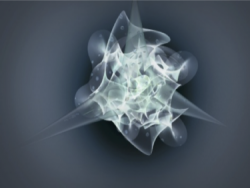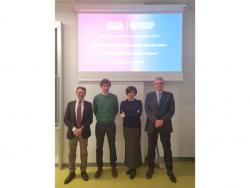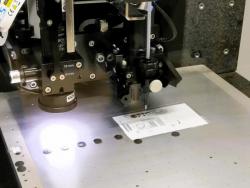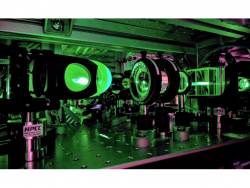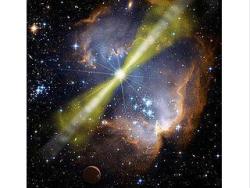Our research focuses on different aspects of String Compactification:
STRINGS ON SINGULAR MANIFOLDS AND QUANTUM FIELD THEORIES: String theory on singular spaces is a rich and diverse environment, yielding peculiar features that lie at the core of our current explanation of the universe, such as non-abelian gauge groups and chiral particles. On the other hand, the power of the string theory analysis often allows to interpret physical objects, such as strings and branes, as sophisticated mathematical concepts, fueling an interdisciplinary approach.
String theory is well defined on singular manifolds. Singularities in string theory can be approached by the geometric engineering paradigm: One defines M-theory on the singularity, and considers the effective field theory arising from the supergravity zero modes on this space, supplemented by the light degrees of freedom created by membranes wrapping the vanishing cycles. If the singular space is an elliptic fibration, taking the limit of vanishing size of the fiber gives F-theory.
Considering singular Calabi-Yau threefolds, one can study 4,5,6 dimensional QFT's. In particular, some wide classes of effective theories in five spacetime dimensions can be derived from dimensional reduction of the eleven-dimensional M-theory on a non-compact singular Calabi-Yau space.
Geometric engineering translates the geometrical features of the M-theory extra dimensions into physical entities in the five dimensional effective theory. In this way, it is possible to study the moduli spaces of convoluted 5d SuperConformal Field Theories (SCFT), that are not easily (sometimes not at all) approachable from a Lagrangian perspective.
In the last years we studied a large class of rank-zero 5d theories, by developing a new method to approach their geometric counterpart. We are planning to extend our method to study higher rank SCFT's.
T-BRANES: M-theory is dual to type IIA string theory with D6-branes. There is a close connection between the (singular) geometry of the M-theory space and the configuration of D6-branes in IIA. However there are different D6-branes configuration related to the same singular geometry of M-theory. In fact, in IIA one can take bound states of D6-branes wrapping a given submanifold. The M-theory geometry cannot distinguish between D6-branes that are bounded together or just superposed. In particular we are interested in bound states called T-branes (whose name comes from the fact that in IIA they are described by upper triangular matrices).
To define what a T-brane is directry in M-theory, we hence proposed to probe the singularity by an M2-brane. The T-brane deforms the supersymmetric three-dimensional theory living on this membrane by the addition of a monopole operator in the superpotential. In order to understand how the probe theory is modified, one needs to apply 3d dualities that map the monopole deformation to a standard Lagrangian deformation. The study of these dualities is of interest by itself. Only simple configurations have been analyzed so far, but the most interesting ones are still to be studied. This is the aim of our current research. In order to understand which theory lives on the probe membrane, the knowledge of the quiver associated with the singularity is necessary. This connects the topics of the project to the NCCR (Non Commutative Crepant Resolution) approach to singularities.
STRING PHENOMENOLOGY: Despite its theoretical success, string theory has not been tested for about 50 years. However string theory is a framework rather than a model, and what is tested is in general a particular model built following the rules of a given framework. In the Quantum Field Theory (QFT) framework, it is the Standard Model (SM) or generalisations thereof which are confronted with data. Nonetheless a framework itself can be tested by identifying some features, as antiparticles in QFT, which are common to all models. In this sense, string theory makes clear predictions such as extended fundamental objects and extra dimensions. However they show up at high energies which are inaccessible to current experiments.
After the vanishing of the initial dream to find a single consistent string vacuum which reproduces the SM, we now believe that string theory yields a plethora of 4D solutions. However, due to our poor understanding of the full quantum dynamics of the theory, we are still unable to answer questions as: are all of these vacua true solutions of string theory? how are they connected to each other? is there a dynamical mechanism which selects one of them? is there a vacuum which can reproduce all observed phenomenology of our world? Unfortunately we are still missing a complete model which combines successfully a consistent EFT, a rigorous description of the internal manifold, moduli stabilisation, SM model building and cosmology. We investigate each of these issues separately and we explore their interplay. We do this via two complementary approaches with several cross-correlations: 1) a top-down analysis using techniques as dimensional reduction, Calabi-Yau compactification, supergravity and computation of quantum corrections; 2) a bottom-up study of the implications of concrete 4D string models for phenomena as inflation, supersymmetry (SUSY) breaking and dark energy.
